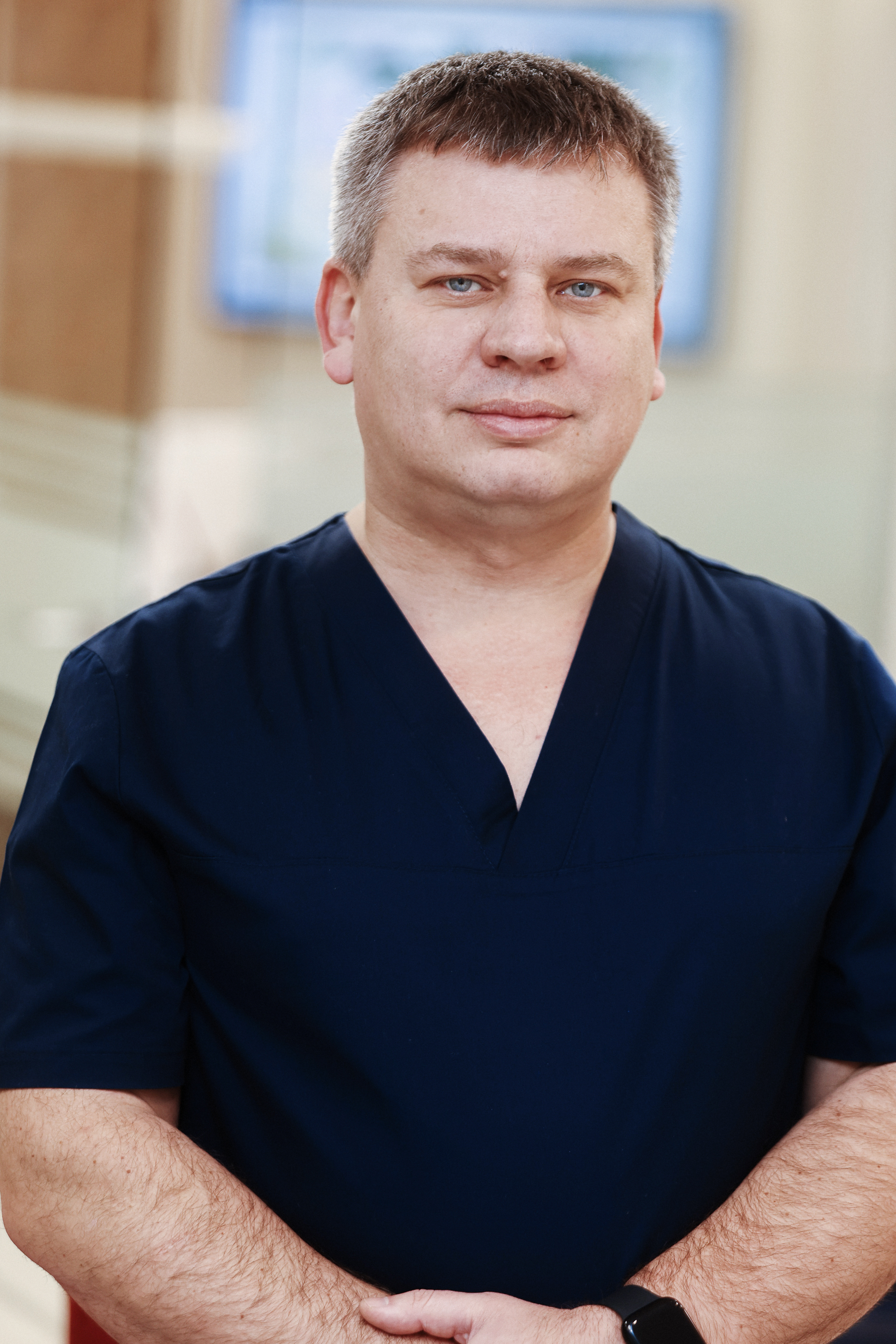Squints: causes and correction by operative and conservative methods
Squints are disorders in which uncoordinated movements of the eyeballs occur. Deviation of one eye from the fixation point will be characteristic. Strabismus can be of different types: convergent and divergent, conjugal and paralytic. Correction of convergent and divergent strabismus, surgery for the paralytic type, special exercises will help to solve the problem and restore the eyeballs to normal (if possible).
Communal strabismus
The disease is most often diagnosed in childhood. The reasons for such a violation may be:
- brain pathologies;
- severe brain injuries;
- infectious diseases;
- mental states.
Such strabismus can be temporary, but you should not hope that everything will go away on its own. It will be necessary not only to undergo a full-fledged ophthalmological examination, but also to receive recommendations regarding the performance of special exercises. How to treat children's non-permanent strabismus, the doctor will tell you after the analysis and receiving the results of the examination.
Doctors distinguish between two subspecies of this type of strabismus:
- monolateral - constantly mows only one eye;
- alternating - periodically begins to squint one eye, then the other.
Doctors claim that it is easier to "work" with patients if only one eye is squinting. In this case, the therapy can be carried out in full, purposefully, which gives quick results. How to cure alternating strabismus? No specialist will answer this question in absentia, as it will be necessary to accurately determine the angle and direction of the incorrect location of the eyeball and develop a therapeutic scheme for each eye separately.
A distinctive feature of squint is that the eyeballs are able to move fully. That is, if the patient begins to look at the object with an oblique eye, then the second will deviate exactly to the same angle as the initially problematic one.
General principles of treatment of associated strabismus
After an ophthalmological examination and examination of the patient, you can start therapy. Eliminating strabismus in children under one year old in the clinic takes place exclusively under the constant supervision of doctors, so the patient will need to stay in the hospital for some time. The sooner the treatment is started, the greater the chances of achieving positive results: symmetrical location of the eyes, restoration of visual acuity. If the problem in question is accompanied by nearsightedness, farsightedness or astigmatism in the child, then glasses are used. Such correction in most cases helps to do without surgical intervention.
How to correct Commonwealth strabismus without surgery? The doctor will give exact recommendations after examining the patient. But there is also a general rule: methods are used comprehensively, the duration of therapy is at least 2 years. If there are no positive results within the specified time, we will be talking about surgical intervention. During his work, the ophthalmologist-surgeon will help to strengthen (relax) the eye muscles, and if necessary, he will correct the visual acuity. The price of eye surgery to correct strabismus is quite adequate, and many clinics generally perform them for children's patients on a free basis. Therefore, parents should not refuse surgical treatment, since the standard of living of the child as an adult depends on it, namely whether he will be able to adapt socially and conduct active work in any direction.
Paralytic strabismus
It develops as a result of paralysis or paresis of the oculomotor muscles and can be congenital or acquired. Causes of paralytic strabismus:
- infectious, viral damage to the nerves that are "responsible" for the operation of the oculomotor muscle;
- brain injuries: congenital and acquired;
- severe intoxication of the body;
- progression of benign and malignant neoplasms.
Since the specified problem can be directly related to neurological diseases, the initial examination of the patient should include consultation with the appropriate specialist.
Treatment of paralytic strabismus
After it is determined which oculomotor muscles are affected by paralysis or paresis, therapeutic treatment will be prescribed. It includes various physical procedures: electrostimulation, electrophoresis, reflexology. If there are no positive dynamics regarding the disease within six months, then surgical intervention will be prescribed.
The angle of strabismus after surgery, as a rule, does not completely disappear, but becomes much smaller - this rule applies to adult patients. This is due to the fact that the problem at a late age is already old and the affected muscles are used to improper work. Therefore, it will not be possible to quickly adjust their work. Yes, the treatment of hidden strabismus in adults can last several years in a row, and the result is unlikely to be ideal.
It is very important to follow the recommendations for the management of the postoperative period. And this is not only a ban on physical activity and reading, limiting visual contact with the surrounding world of the operated eye. The doctor will select a program of exercises for the treatment of strabismus that will help consolidate the result of the surgical intervention.
It is possible to prevent the active development of strabismus - it is necessary to carry out ophthalmological examinations quite regularly. It is especially important to do this in childhood, since the disease in the initial stage can be completely cured.
You can read more about how diseases are treated in adults and what strabismus correction is in newborns on our website https://dobrobut.com/ .
Related services:
The reasons for the appearance of flies before the eyes







